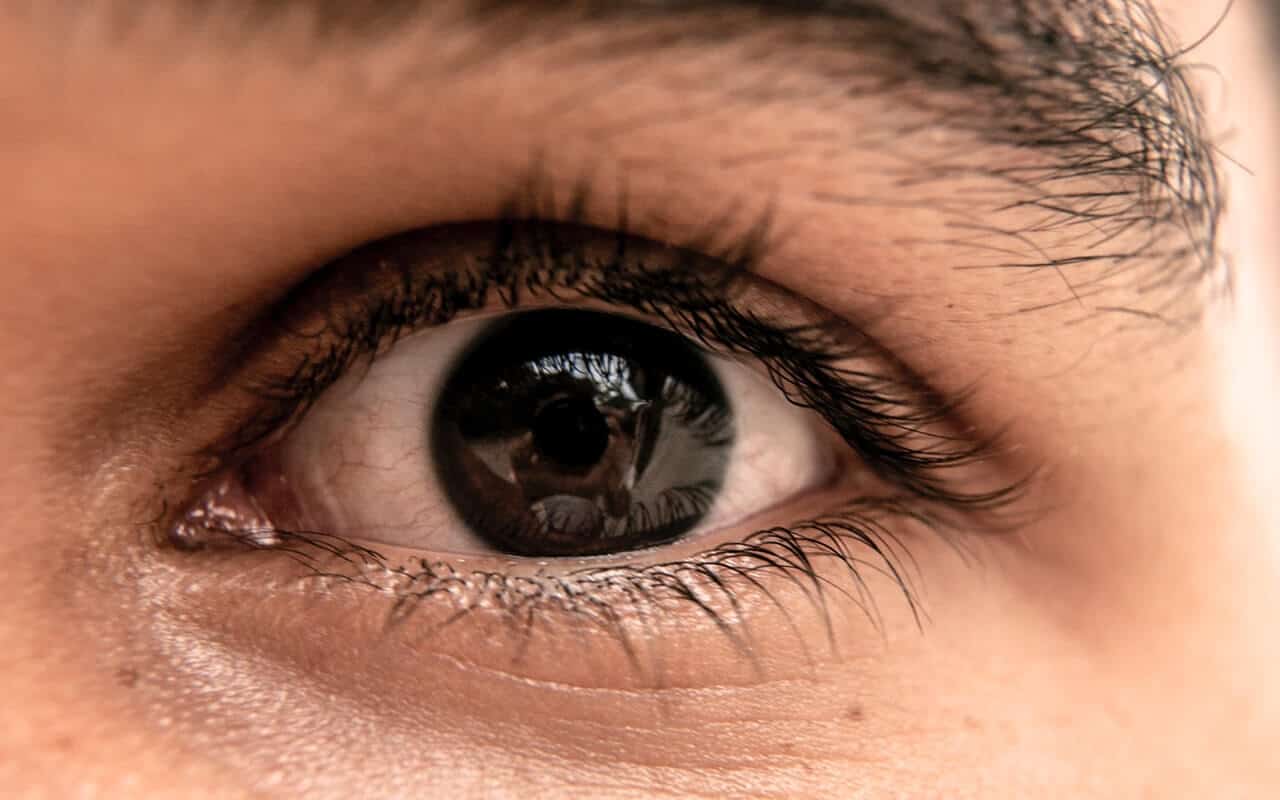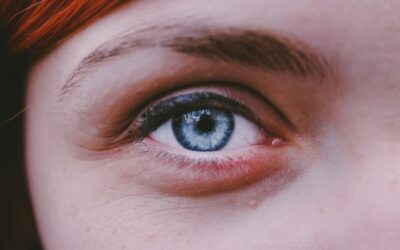Meibomian gland dysfunction is not the only underlying condition that can cause or worsen symptoms of dry eye disease. Blepharitis is a very common eye disorder that results in inflammation of the eyelids, particularly the base of the eyelids near the eyelashes. The long-term inflammation caused by blepharitis can result in red, swollen, flaky eyelids and usually increases symptoms of dry eye disease such as burning, grittiness, redness, or stinging. To learn more about blepharitis and its effects on dry eye disease, read on.
What Causes Blepharitis?
Blepharitis can occur for many reasons. The most common causes of chronic eyelid inflammation are Meibomian gland dysfunction, poor eyelid hygiene, and bacterial overgrowth. When too much bacteria resides at the base of the eyelashes, they continue to multiply and eventually create a bacterial biofilm. This biofilm is toxic to the surrounding tissue and causes an inflammatory reaction, resulting in the red, swollen, and flaky eyelids associated with blepharitis. In some severe cases of blepharitis, eyelid mites, known as Demodex, will inhabit the eyelashes and feed on the biofilm. The presence of these mites will worsen the symptoms of blepharitis. Some general skin conditions are associated with the development of blepharitis, including eczema, dandruff, rosacea, and other forms of dermatitis.
Symptoms of Blepharitis and Dry Eye
Eyelid inflammation in blepharitis causes red and swollen eyelids. It is common to have crust, debris, or flaky skin in the eyelashes. Many doctors believe that blepharitis and dry eye are closely connected and may both be part of the same ocular surface disease. As such, it is not uncommon for those affected by blepharitis to also experience symptoms of dry eye disease, especially burning, grittiness, redness, or feeling like there is something in the eye.
Blepharitis can put you at risk for a wide variety of other ocular conditions and lead to many other uncomfortable symptoms. Painful eyelid bumps, such as styes, are more likely to occur in those who have blepharitis. Blepharitis can even make you more susceptible to eye infections such as conjunctivitis (more commonly referred to as pink eye). For contact lens wearers, the presence of blepharitis can make contact lenses uncomfortable or intolerable.
Treating and Managing Blepharitis
Blepharitis is a chronic, or long-term, condition. Effectively treating blepharitis can be difficult, but with appropriate treatment approaches and long-term care, the health of the eyes and eyelids can be improved and the symptoms associated with blepharitis can be reduced. Eyelid hygiene is the most important aspect of the treatment and prevention of blepharitis. Thoroughly cleaning your eyelids and eyelashes, whether it is with safe soap and warm water, or with approved commercially prepared lid wipes, can remove eyelash debris and help reduce inflammation. Regularly performing warm compresses can also help improve the health of the eyelids and treat associated lid discomfort. Some cases of moderate to severe blepharitis may require a course of oral antibiotics to eliminate the bacterial overgrowth of the eyelids. To treat the symptoms of dry eye disease that are so commonly associated with blepharitis, options such as artificial tears or ophthalmic ointments can help reduce irritation and improve the health of the ocular surface.





